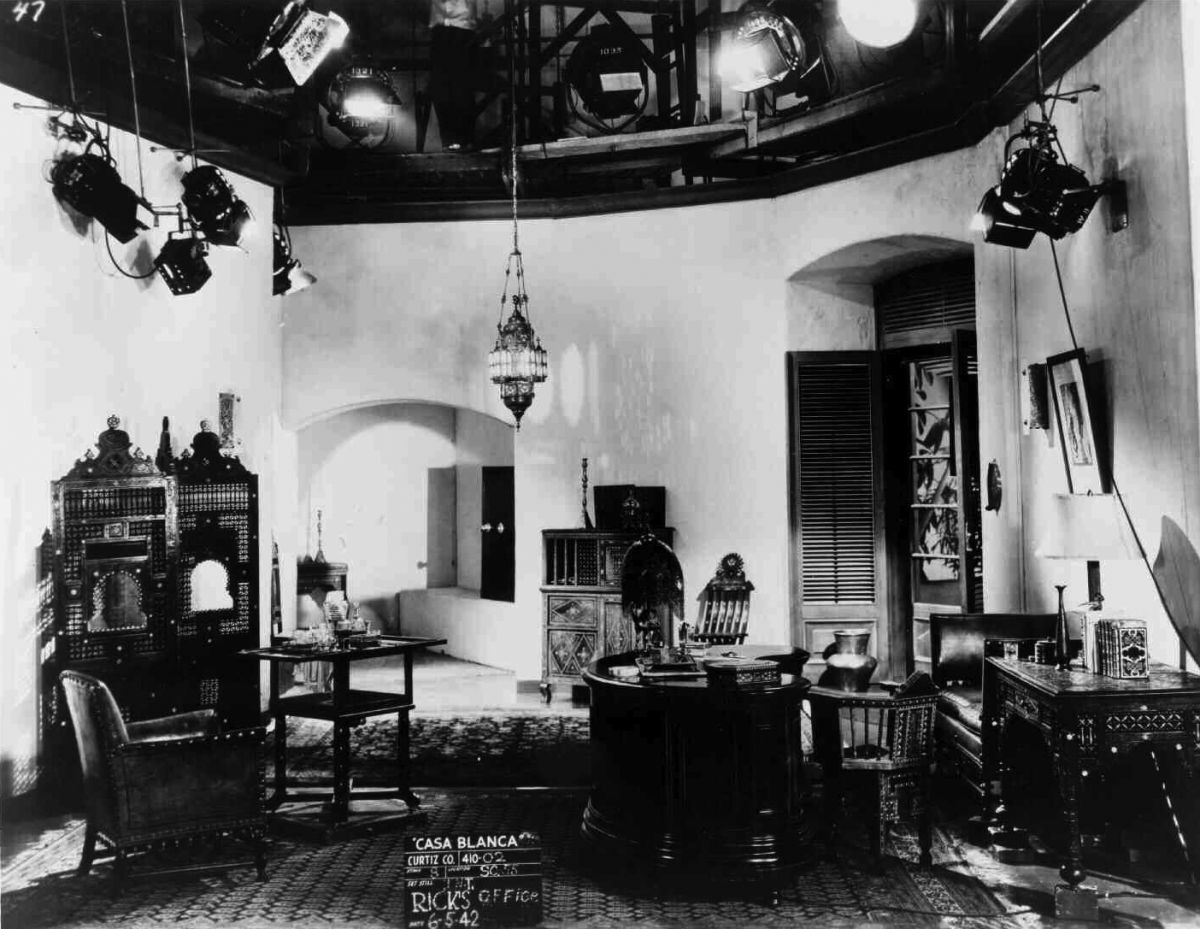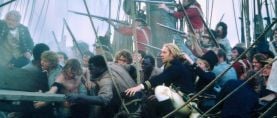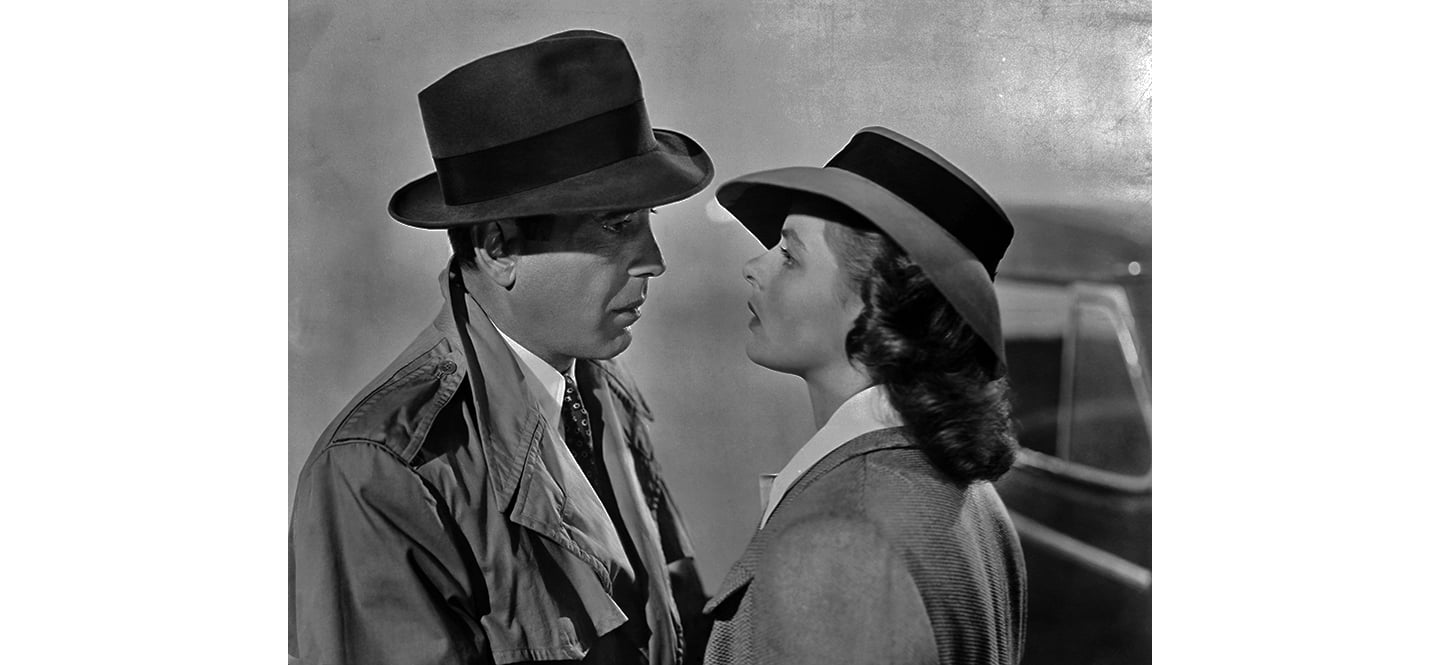
Wrap Shot: Casablanca
“We'll always have Paris” — in part thanks to the exceptional Oscar-nominated cinematography of Arthur Edeson, ASC in this classic romance.
Arthur Edeson, ASC stands by the camera as Humphrey Bogart and Ingrid Bergman make their final embrace during the famously difficult production of Casablanca (1942), directed by Michael Curtiz — who was forced into production with just half a script.
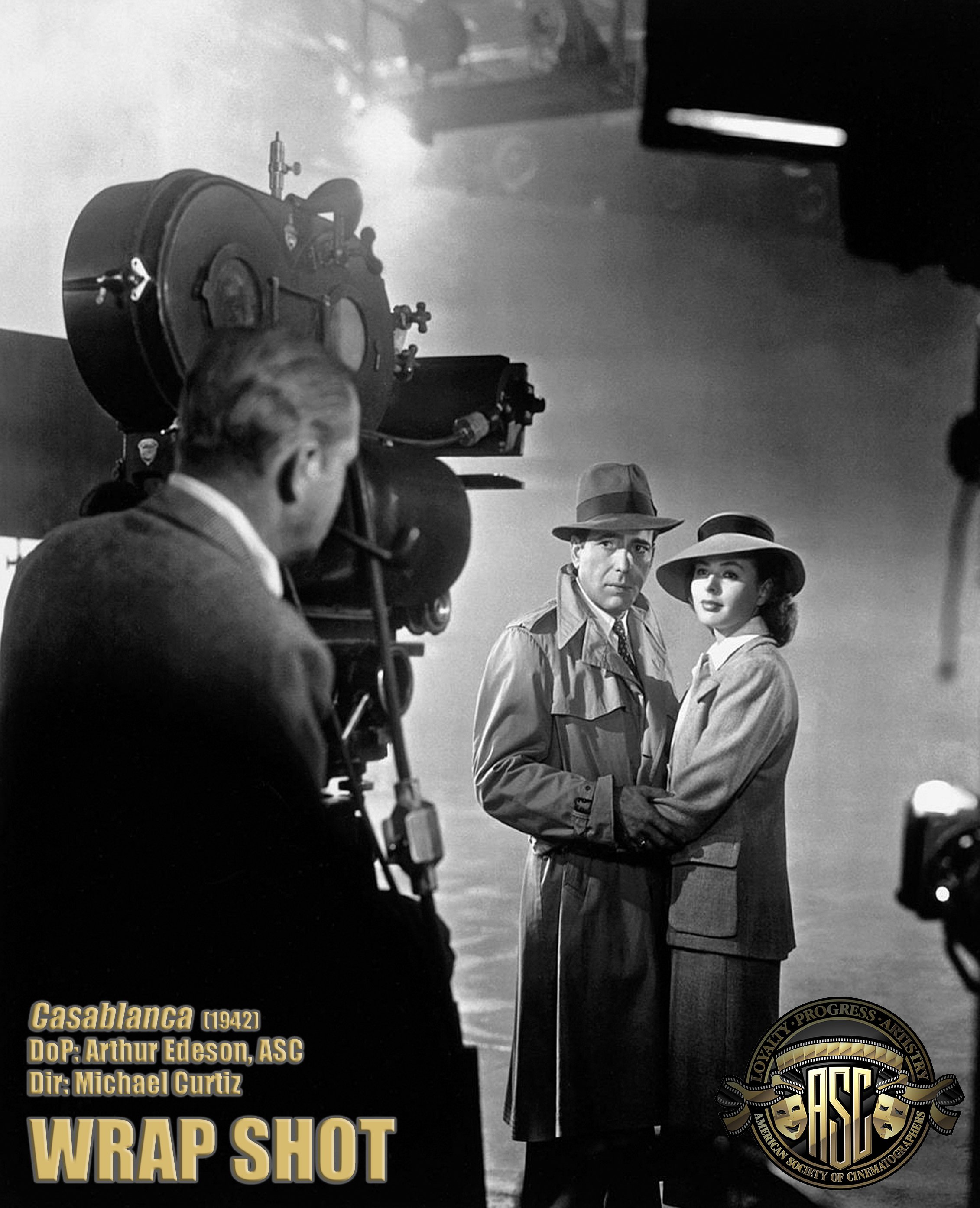
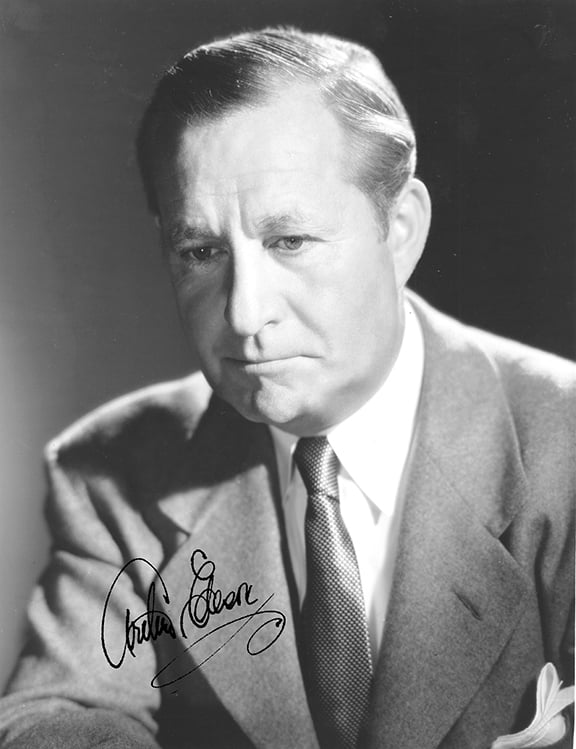
Born in New York City on October 24, 1891, Edeson was barely making a living as a portrait photographer in 1910 when he decided to try his hand at the movies. “I went to the old Eclair Studio in Fort Lee, New Jersey, and applied for a job. While I was waiting in the outer office, a man came in and stabbed his finger around the crowded room, saying: ‘I’ll take you — and you, and you. Come with me.’ I couldn’t tell whether or not I was one of those selected, but I joined the group anyway. Once inside the mysterious recesses of the studio, I found I’d been hired — as an actor.”
Edeson never lost his interest in photography, and began shooting portraits of his fellow actors. His photos caught the attention of cinematographer John Van den Broeck, and when a cameraman was taken ill, Van den Broeck suggested that Edeson fill in. “In those times, flat lighting was the rule of the day,” Edeson wrote. “However, I began to introduce some of the lighting ideas I had learned in my portrait work — a suggestion of modeling here, an artistically placed shadow there — and soon my efforts tended to show a softer, portrait-like quality on the motion picture screen. This was so completely out of line with what was considered ‘good cinematography’ in those days that I had to use my best salesmanship to convince everyone it was good camerawork.”
When American Eclair was reorganized as the World Film Corporation, Edeson stayed on to become chief cinematographer for star Clara Kimball Young, and when she left World to come to Hollywood in 1917, Edeson followed.
In 1919, Edeson became one of the founding members of the American Society of Cinematographers, later serving as the ASC president in 1953-’54.
In 1920, Douglas Fairbanks saw For the Soul of Rafael, one of Edeson’s films for Young, and signed the cinematographer for three of his biggest pictures — The Three Musketeers (1921), Douglas Fairbanks in Robin Hood (1922) and The Thief of Bagdad (1924).
Of Fairbanks, Edeson would say, “To anyone who worked with him, moviemaking today seems prosaic and cramped by comparison.”
Among Edeson credits in the 1920s were Stella Dallas, The Lost World (both 1925) and the atmospheric old-dark-house thriller The Bat (1926). At Fox, Edeson shot the first all-outdoor, 100% talkie, In Old Arizona (1929) and the first Fox Grandeur 70mm film, The Big Trail (1930). He later worked at Universal and M-G-M, and eventually settled in at Warner Bros., where he would remain until his 1949 retirement.


Casablanca was shot during the summer of 1942 entirely at the Warner Bros. lot in Burbank, Calif., except for a brief sequence which was filmed at the nearby Van Nuys Airport. A few clips of stock footage served as views of Paris.
Though Edeson had just prior worked with Bogart on They Drive By Night (1940), The Maltese Falcon (1941) and Across the Pacific (1942), he “paid special attention to Bergman, who he shot mainly from her preferred left side, often with a softening gauze filter and with catch lights to make her eyes sparkle,” later noted esteemed critic Roger Ebert.
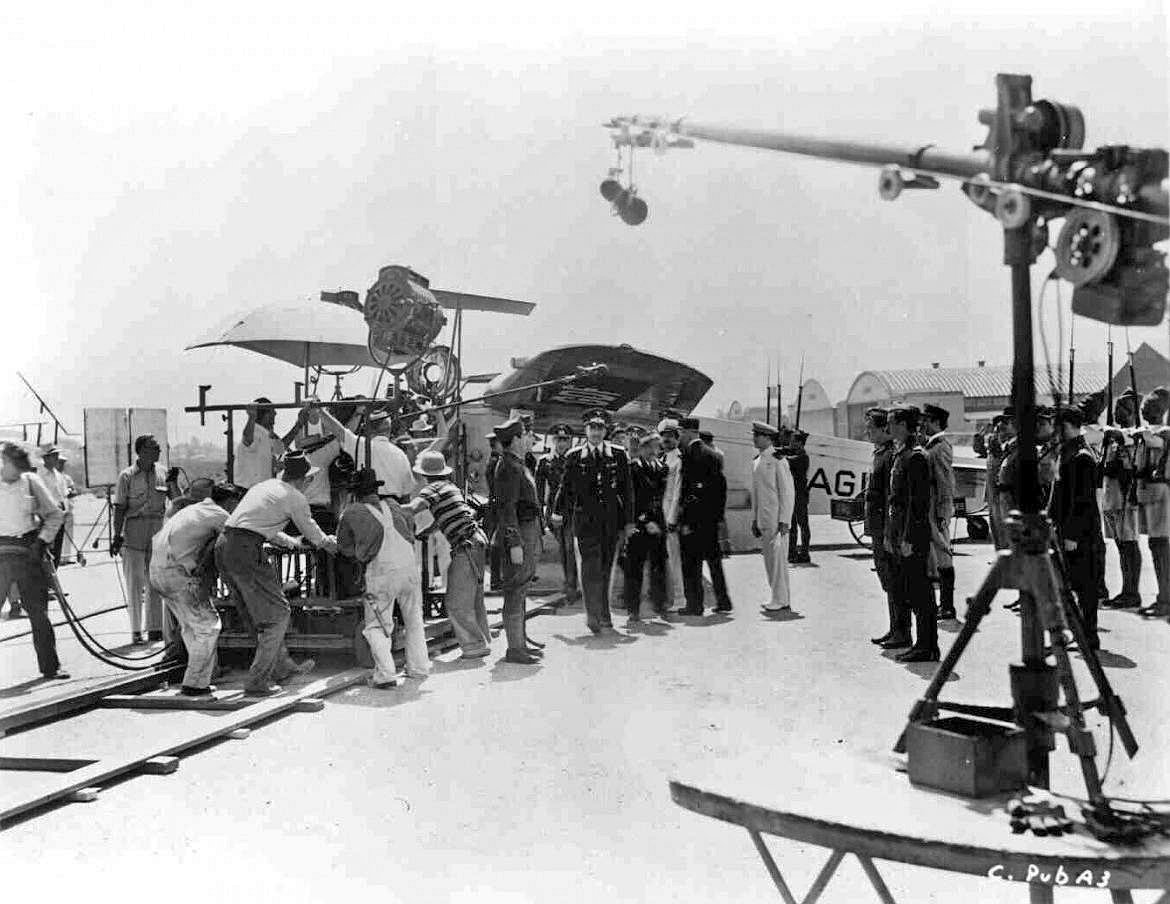
Edeson earned an Academy Award nomination for his camerawork in Casablanca (his third after In Old Arizona and All Quiet on the Western Front in 1930). Notably, while the picture premiered in the U.S. on November 26, 1942 at New York City's Hollywood Theater, it would not be seen in France until May 23, 1947 due to World War II.
Edeson passed away on February 14, 1970, in Agoura Hills, California.
In 1989, Casablanca was added to the Nation Film Registry for preservation by the U.S. Library of Congress.
Casablanca was selected as one of the ASC 100 Milestone Films in Cinematography of the 20th Century.
Biographical material by Robert S. Birchard.
